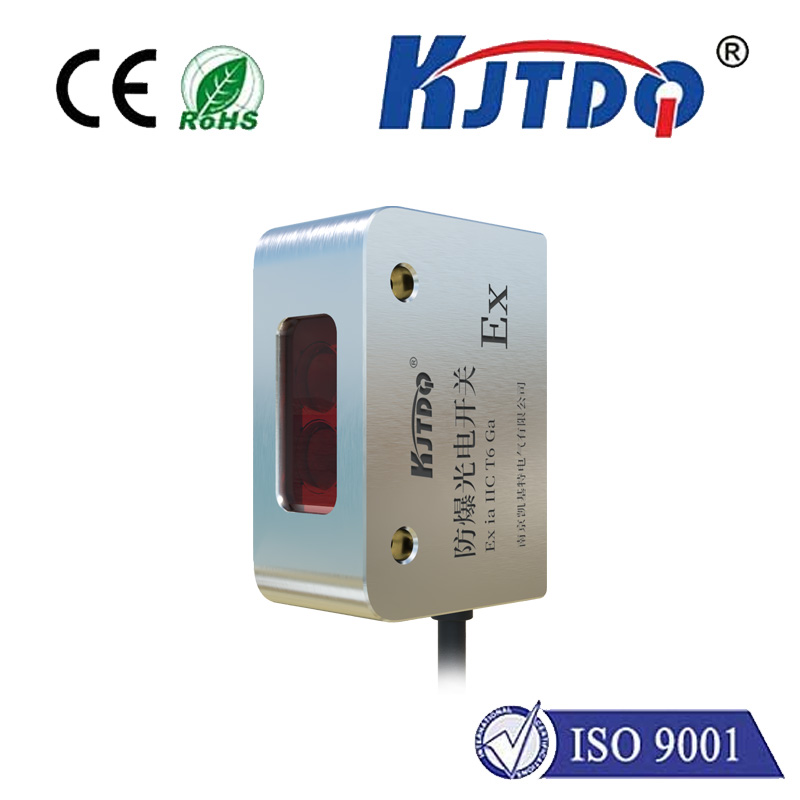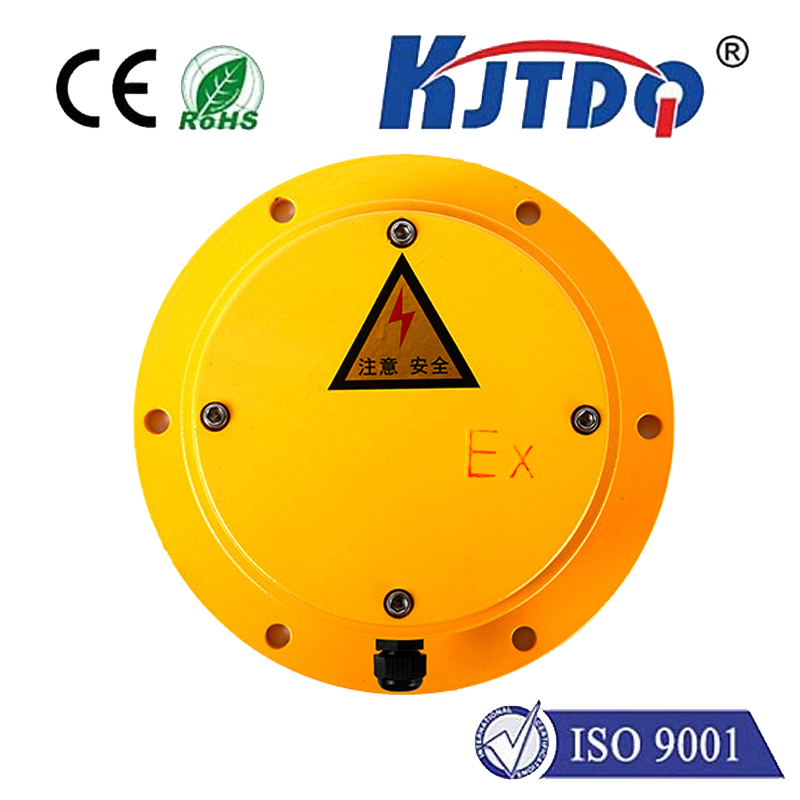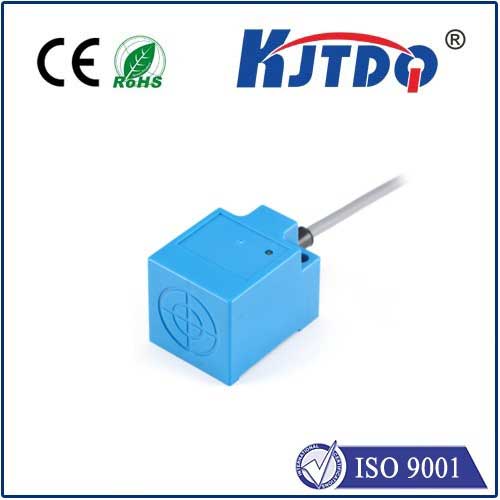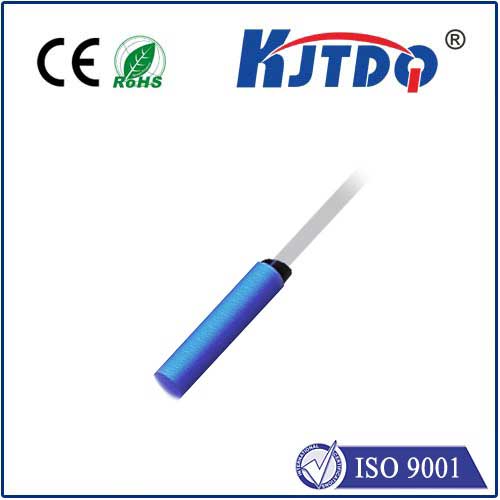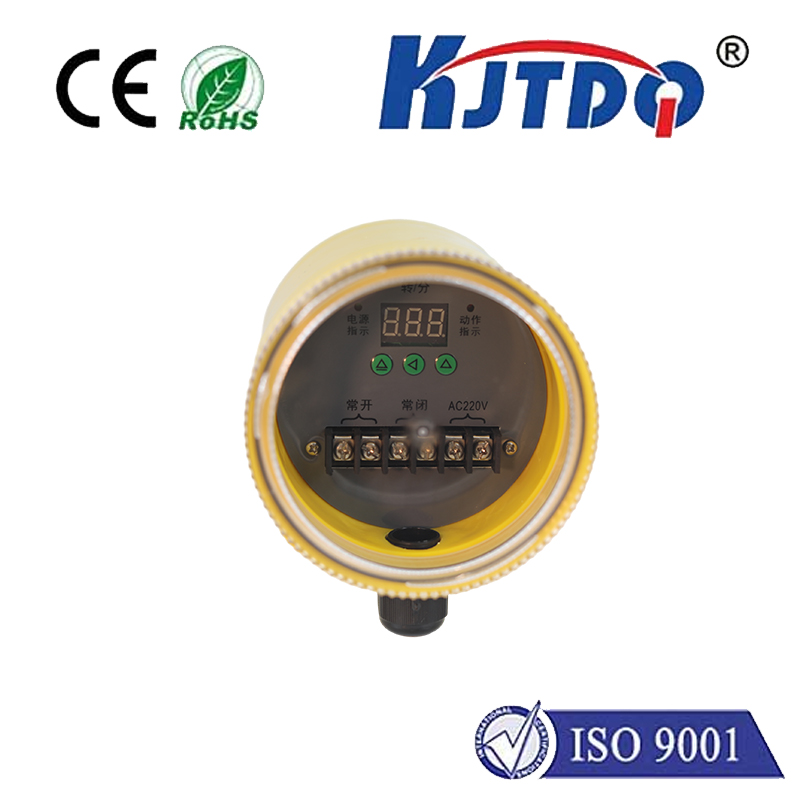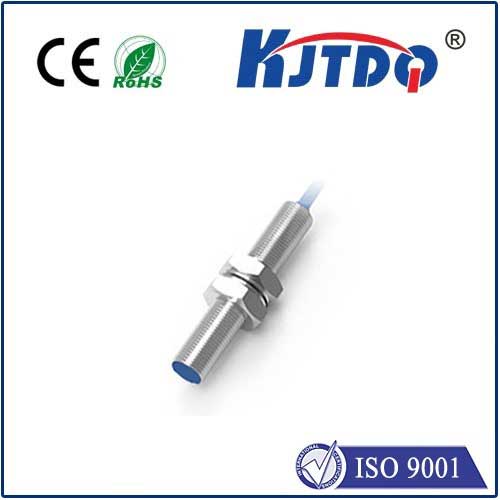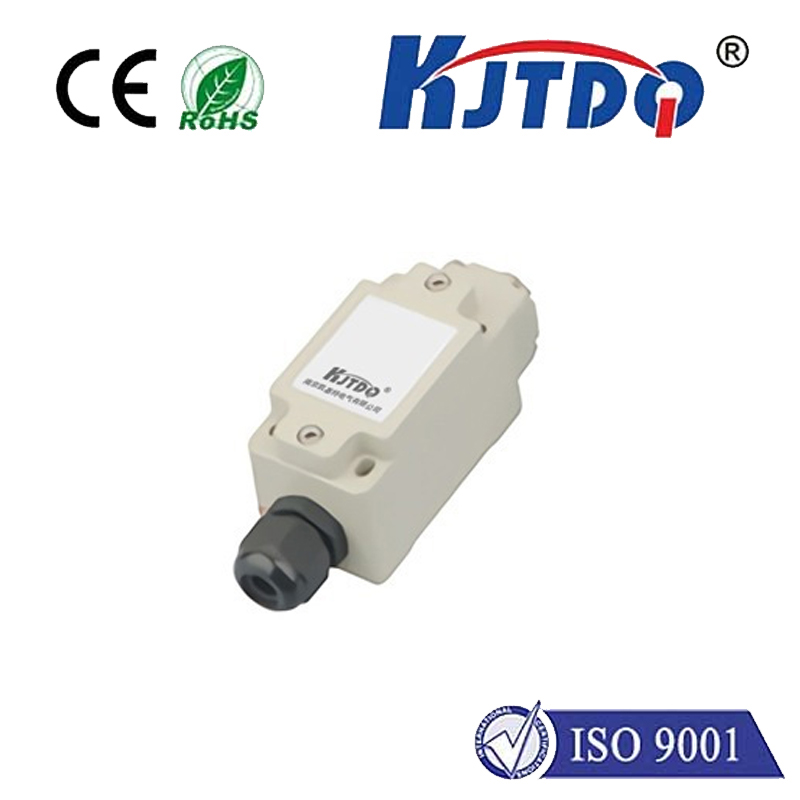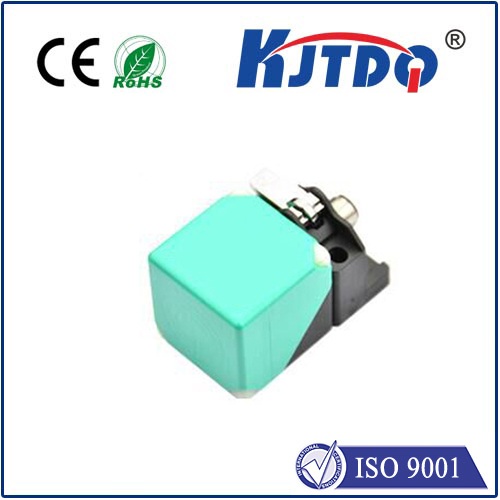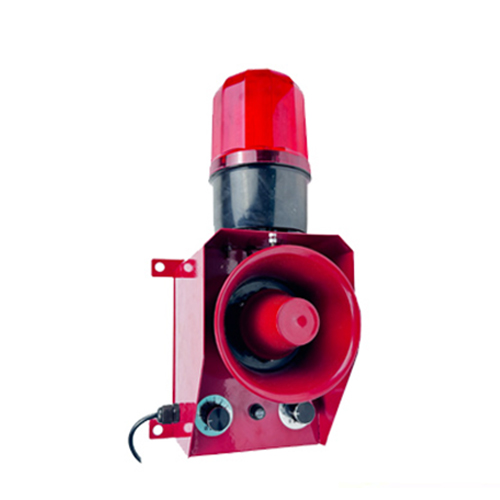

check

check

check

check

check

check

check

check

check

check
Title: The Endstop Switch: A Revolutionary Component for Microcontroller Projects
Endstop switches have become a crucial component in modern microcontroller projects. These tiny switches are used to control the movement of a motor or an actuator, providing precise and accurate control over the direction and position of the device. In this article, we will explore the basics of endstop switches, their working principle, and how they can be implemented in different types of microcontroller projects.
Part 1: Introduction to Endstop Switches
An endstop switch is a type of digital input/output (I/O) module that consists of two contacts, one normally open (NO) and the other normally closed (NC). When the switch is not triggered, both contacts are open, allowing a signal to flow freely between the I/O pins. However, when the switch is triggered, the NC contact closes, blocking the flow of signals and causing the I/O pin to output a specific value. This unique feature makes endstop switches ideal for controlling devices that require precise positioning and movement.
Part 2: Working Principle of Endstop Switches
The working principle of endstop switches is based on the principles of electrical isolation and electromagnetic induction. When the switch is triggered, it creates an electrical gap between the two contacts, which isolates them from each other. This means that there is no direct connection between the I/O pins and the external circuitry, preventing any unwanted signals from interfering with the device's operation.
To trigger the switch, a magnetic force is often used to push against one side of the contact, causing it to move towards the other side. This mechanism ensures that only a specific amount of force is required to trigger the switch, making it easy to operate even with low-power microcontrollers.
Part 3: Implementing Endstop Switches in Microcontroller Projects
There are several ways to implement endstop switches in microcontroller projects, depending on the specific requirements and hardware setup. Some common methods include:
a) Using Arduino Pins: Many microcontrollers, including Arduino, have dedicated I/O pins that can be connected directly to endstop switches. By setting up an interrupt-based mechanism, the microcontroller can detect when the switch is pressed or released and take appropriate action.
b) Using Pushbuttons: If you don't want to use Arduino pins, you can also use regular pushbuttons as endstop switches. By connecting the pushbutton's contacts to the I/O pins, you can create a simple interface that lets you control the movement of your device.
c) Using Op-Amp Voltage Sensors: Another option is to use op-amp voltage sensors as endstop switches. These sensors can detect changes in voltage across a set threshold, allowing you to determine whether the switch has been triggered or not. By using an analog-to-digital converter (ADC), you can convert this analog signal into a digital value that can be processed by your microcontroller.
Part 4: Benefits of Using Endstop Switches
Using endstop switches offers several advantages for microcontroller projects, including:
a) Precision Control: With endstop switches, you can achieve very precise control over the movement of your device. Since these switches are designed to work with low power microcontrollers, they offer high resolution and accuracy without requiring excessive power consumption.
b) Easy Integration: Endstop switches are easy to integrate into any microcontroller project, whether you're working with Arduino, Raspberry Pi, or another platform. This makes them a versatile solution that can be adapted to a wide range of applications, from robotics to home automation.
c) Cost-Effective: Compared to other types of position controls like potentiometers or encoders, endstop switches are generally more cost-effective and easier to use. They require less space, have lower power consumption, and are less prone to errors due to mechanical noise or drift.
Conclusion: Endstop switches have proven to be a valuable component for modern microcontroller projects
